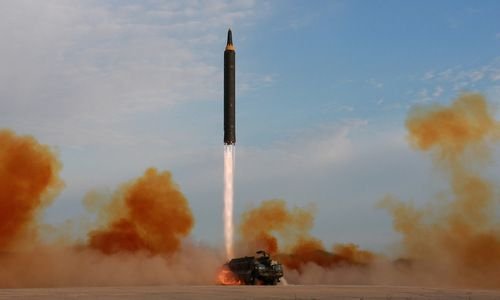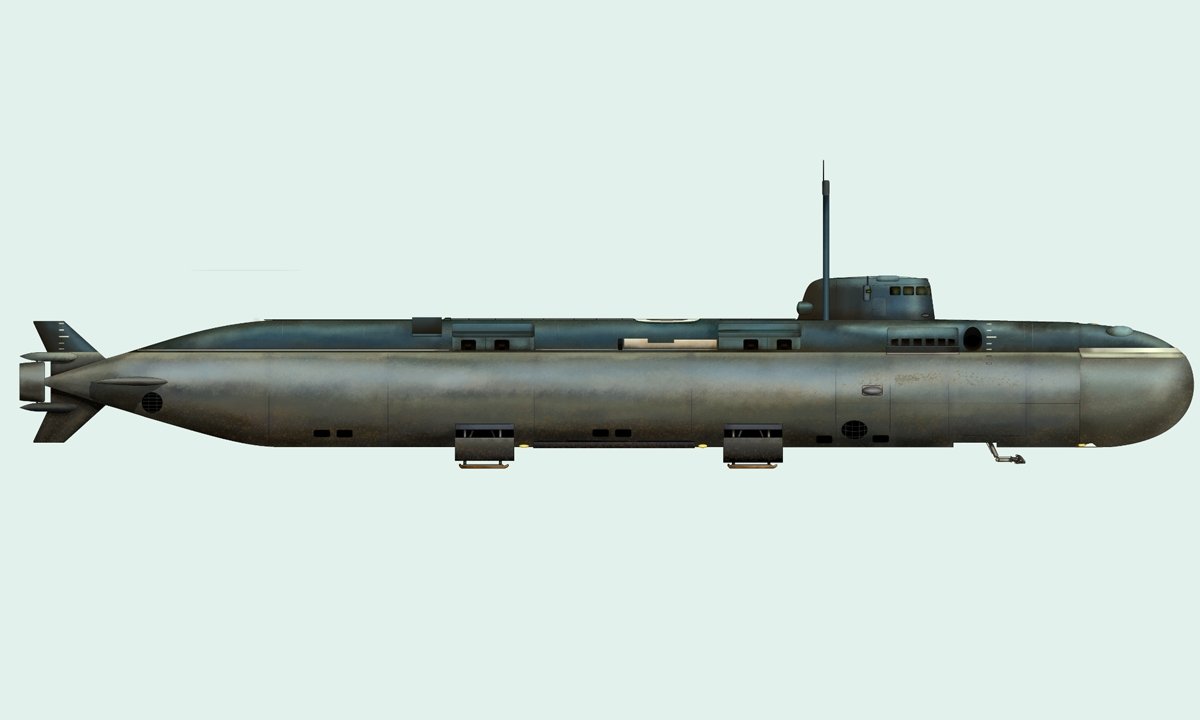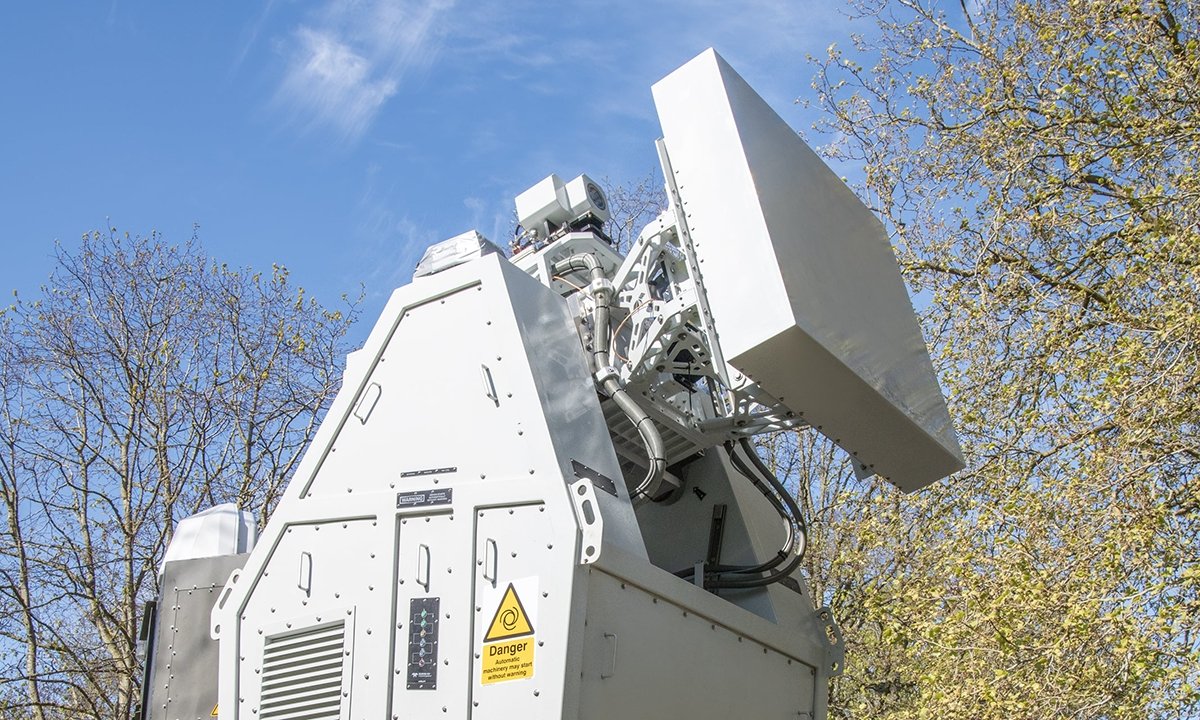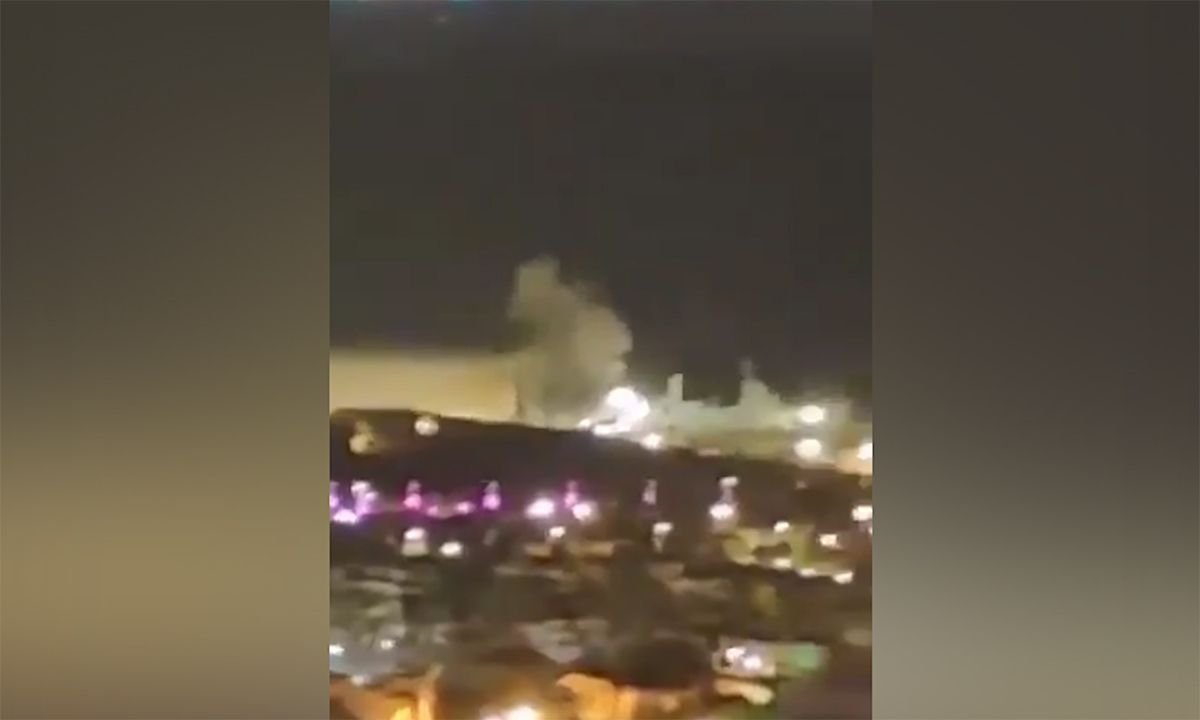North Korea’s Hwasong-12 long-range ballistic missile.
North Korean Foreign Minister Ri Yong-ho on September 21 hinted that Pyongyang could detonate a hydrogen bomb in the Pacific Ocean in response to the threat of `total destruction` from US President Donald Trump.
Mr. Jeffery Lewis, director of the East Asia Non-Nuclear Program at the Middlebury Institute of International Studies, said that North Korea most likely chooses to launch long-range ballistic missiles (IRBMs) or intercontinental ballistic missiles.
Lewis believes that the leading reason pushing North Korea to carry out this plan is that US leaders are constantly skeptical about North Korea’s ability to possess thermonuclear weapons, as well as not accepting that Pyongyang has become a nuclear weapon.
Washington’s continued tough statements also made Pyongyang feel cornered, forcing it to test-fire its first nuclear-tipped missile to relieve pressure.
Historical factors are also said to be the reason why North Korea chose this option.
According to Lewis, Pyongyang believes that launching a nuclear ballistic missile and detonating it over the Pacific could put it on equal footing with Washington.

A nuclear test in the Pacific by the US military.
In the past, the US also repeatedly underestimated China’s ability to possess nuclear weapons.
When China first tested a nuclear bomb in 1964, U.S. President Lyndon B. Johnson declared that it would “take many years for Beijing to develop a reliable nuclear weapon and an effective system for deploying it.”
North Korea can also apply the same method that China did, which is to launch IRBMs or ICBMs with nuclear warheads, ending all speculation and doubts about their military potential.
The location where North Korea detonates a thermonuclear warhead may be located in the South Pacific Ocean, where there are many important maritime routes, increasing the risk of US or other countries’ cargo ships being affected.










